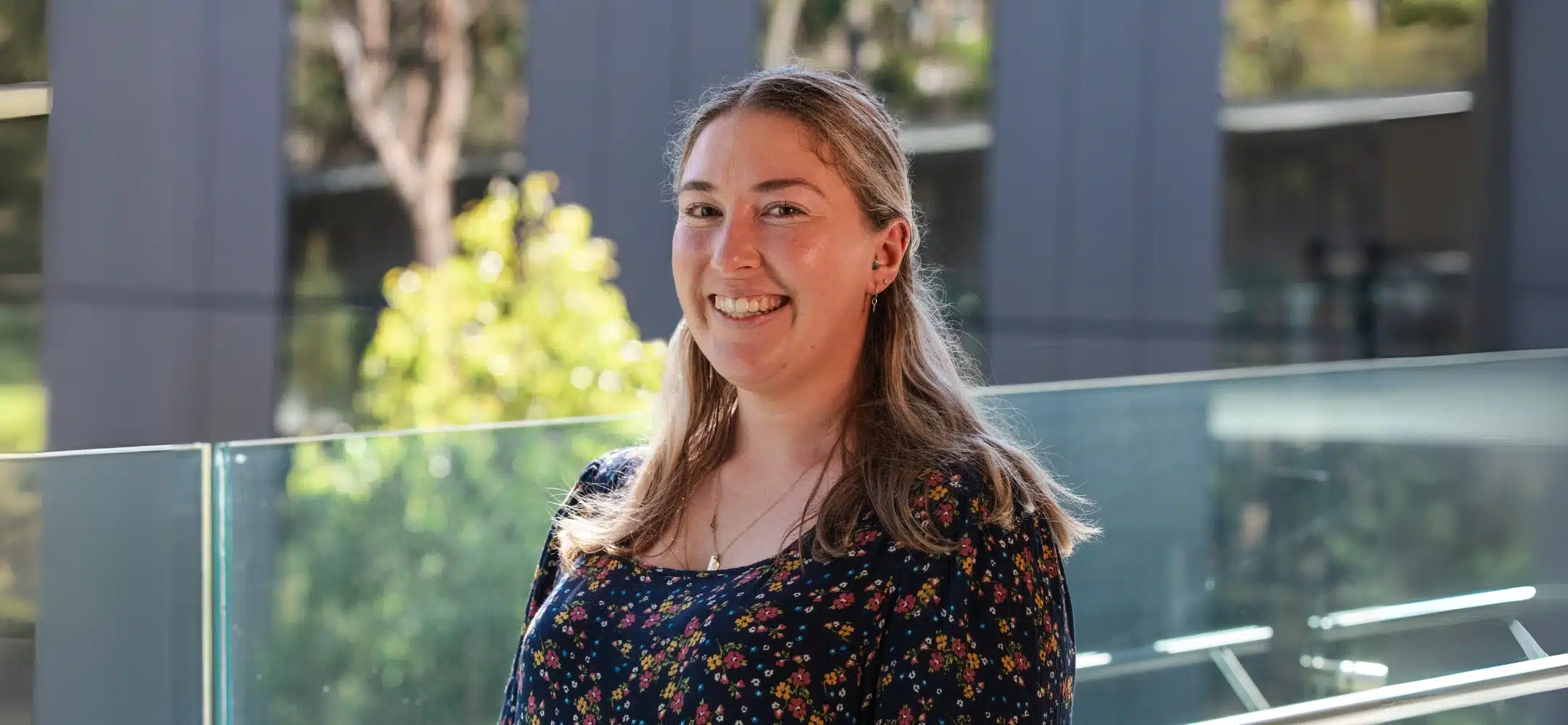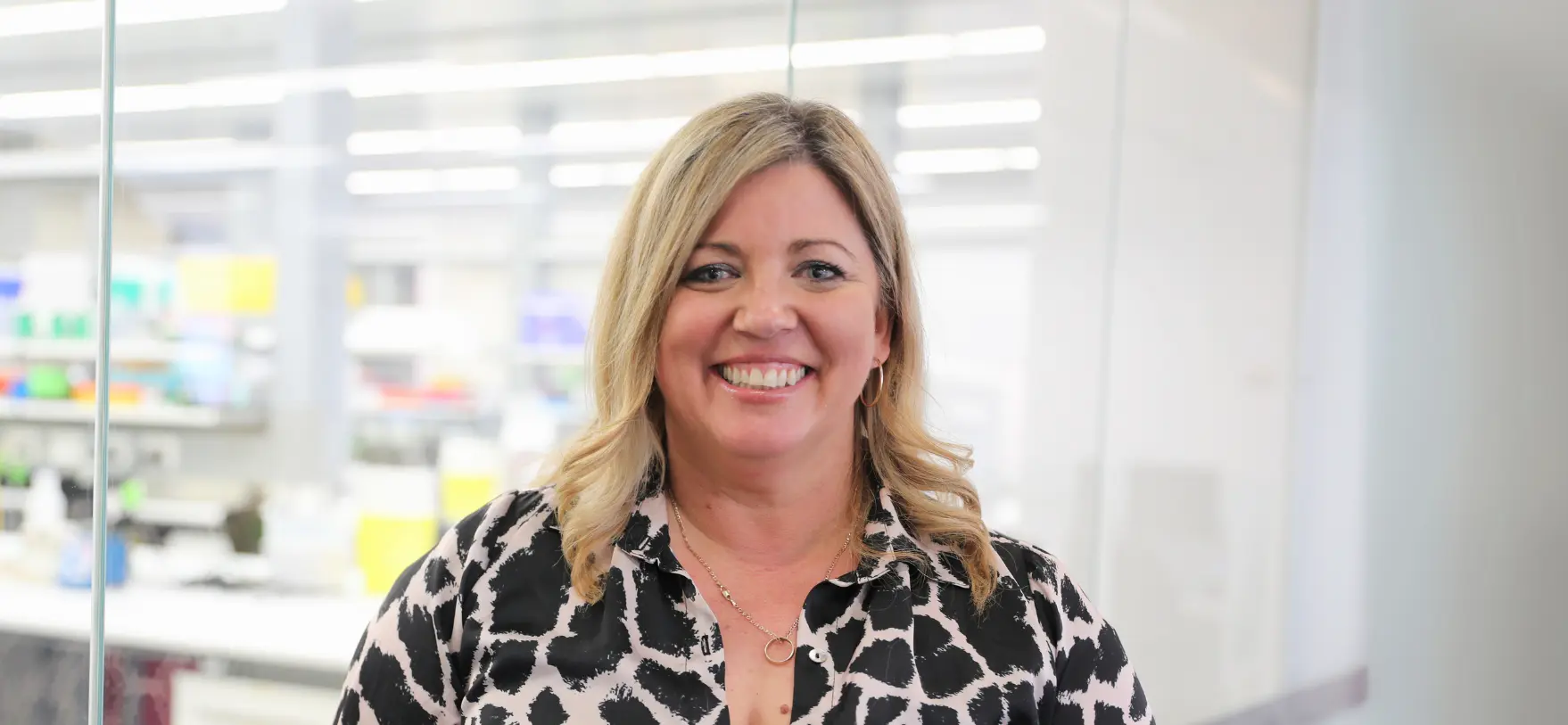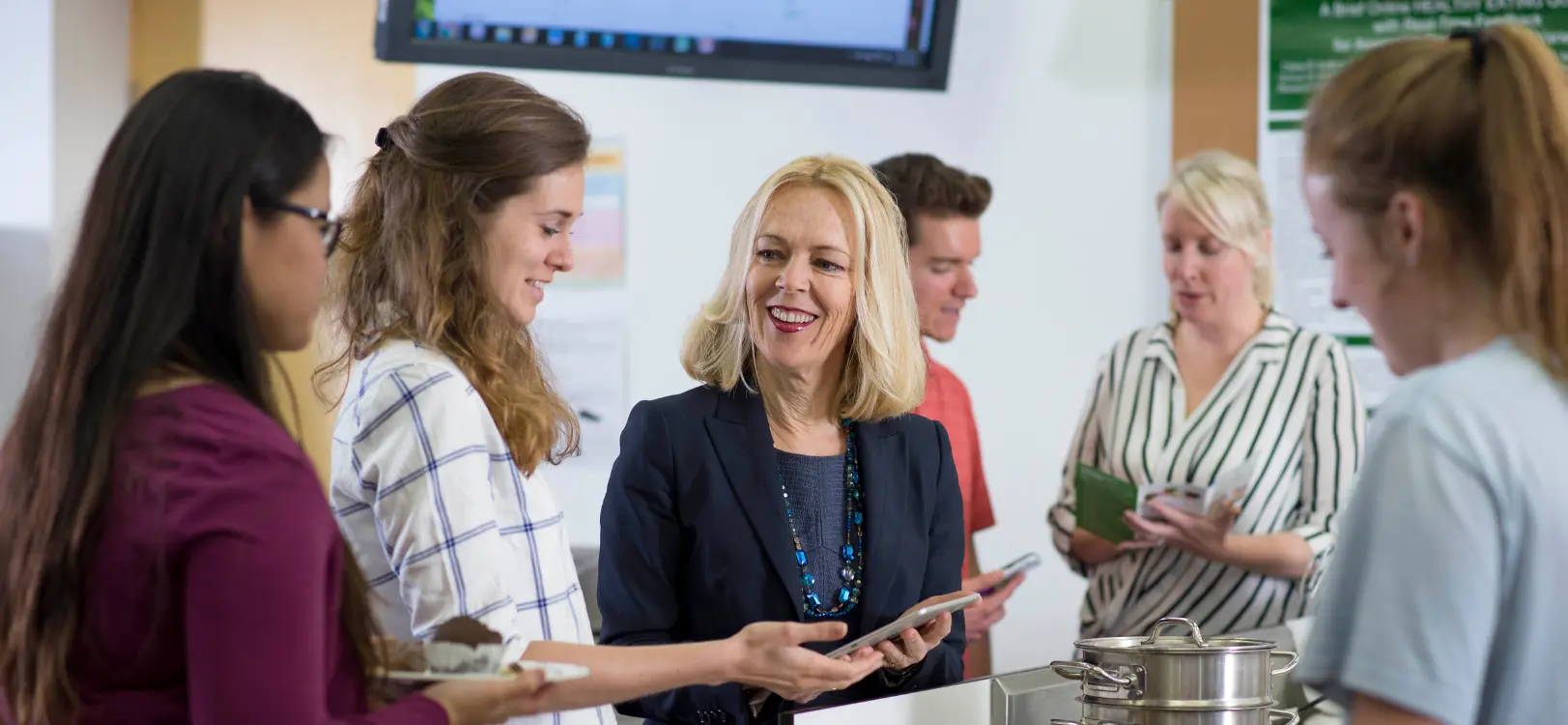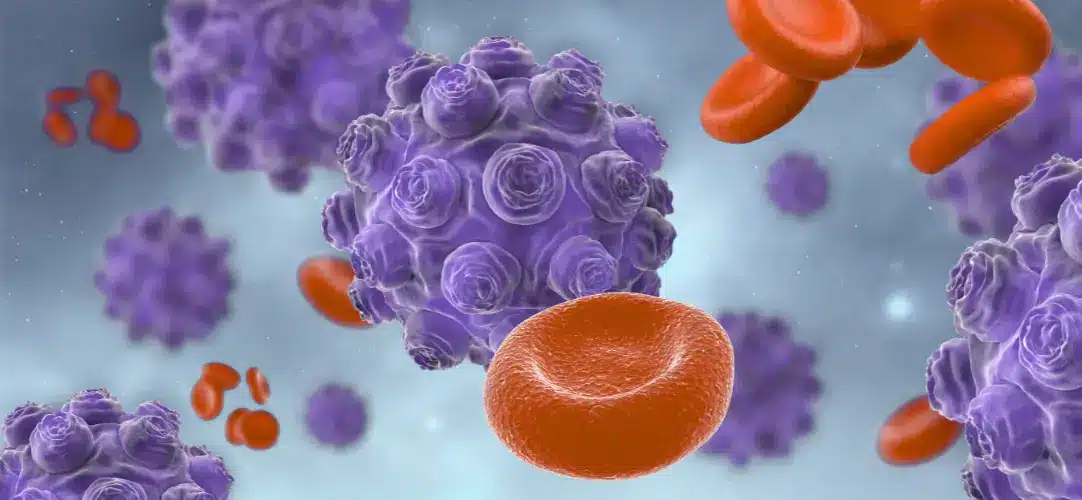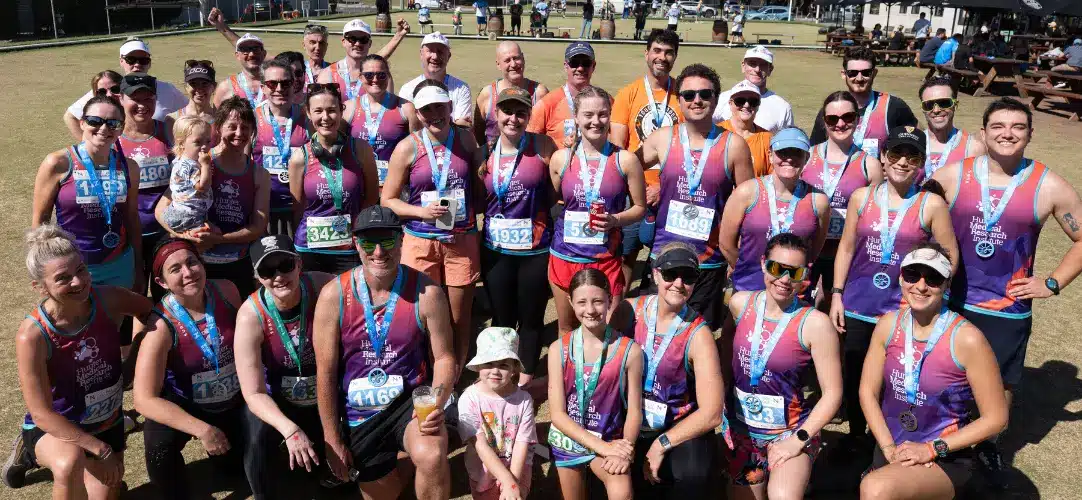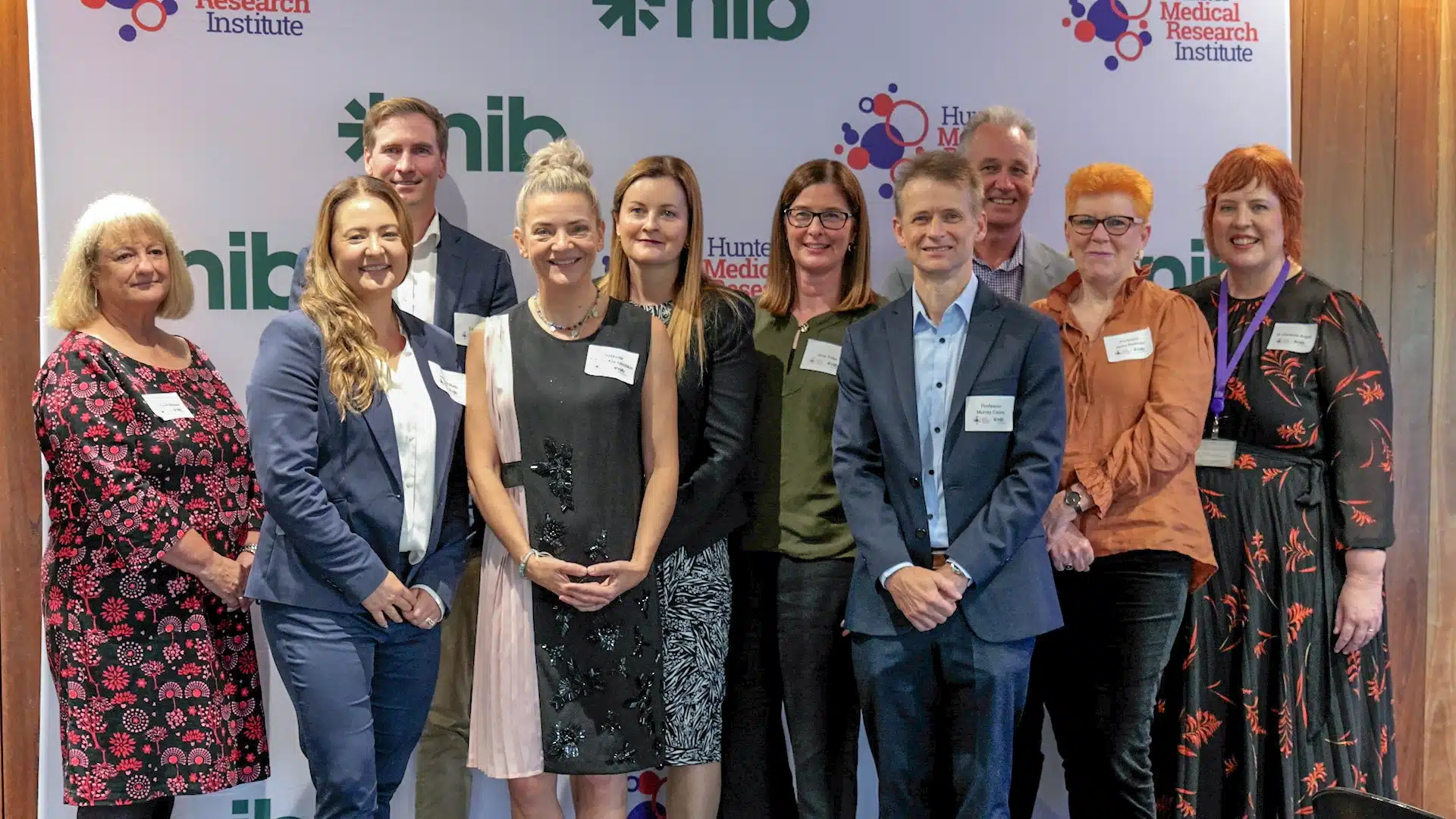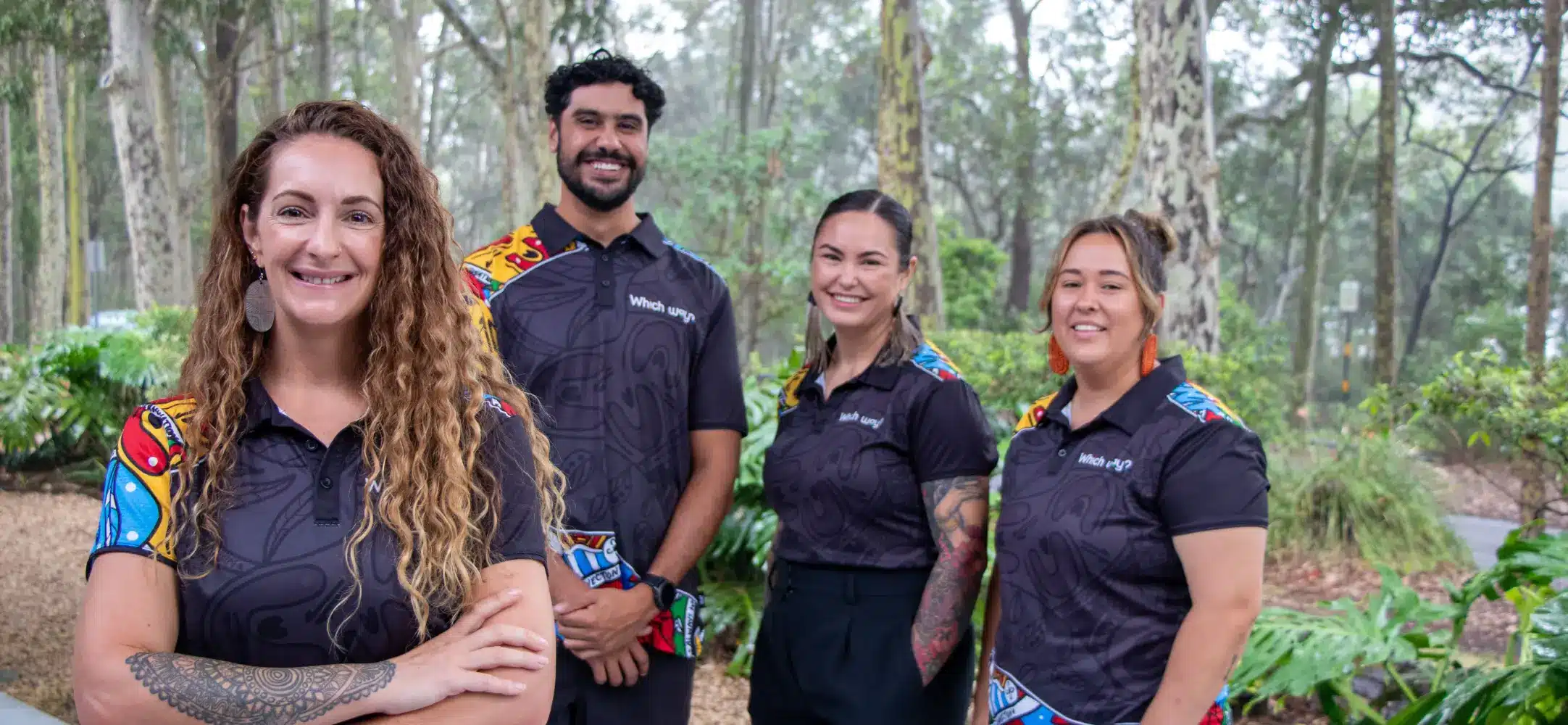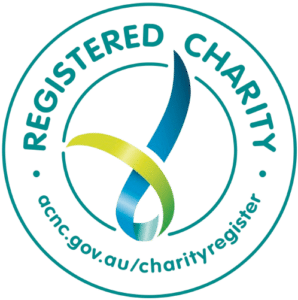Associate Professor Nikki Verrills is a cancer biologist based at the University of Newcastle and the Hunter Medical Research Institute.
Her research interests centre on understanding the molecular changes that occur as a normal cell becomes cancerous, and as cancer cells become resistant to therapy. Her major focus is on leukaemia and breast cancer.
Using state-of-the-art genomic and proteomic techniques, her laboratory has identified several novel proteins that are altered in specific types of cancer, and she has developed and tested new agents to target these altered proteins, and specifically kill cancer cells. She has recently developed a novel platform for predicting response to therapy which enables personalised, precision medicine clinical trials for leukaemia patients.
The goal of her work is to translate her research into improved therapies for cancer patients – ultimately leading to greater patient survival.
Nikki’s work has been supported by grants from a range of sources including the NHMRC, ARC, Cancer Council NSW and Cancer Institute NSW, as well as philanthropy and industry. She had held prestigious fellowships including an NHMRC Peter Doherty Postdoctoral Fellowship, CINSW Early Career Fellowship, and an ARC Future Fellowship.
She is currently in an ongoing academic position (teaching and research) at the University of Newcastle, and Deputy Leader of the HMRI Precision Medicine Program.
Nikki has a passion for mentoring the next generation of researchers. She has supervised 12 PhD students to completion; 8 Honours students; and 10 postdocs, and is both an official and ad hoc mentor for numerous early-career researchers. She is also a wife and mother of two daughters and is passionate about (trying!) to maintain work-life balance.
